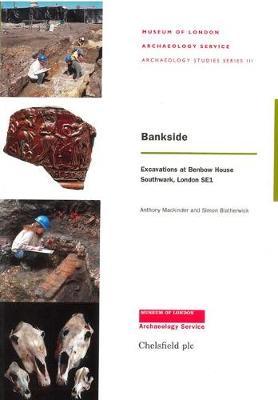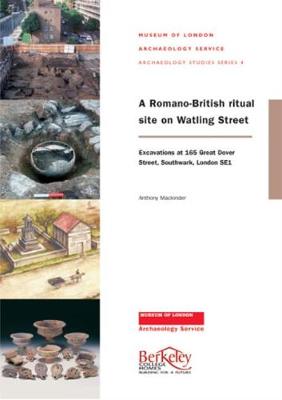MOLAS Monograph
2 total works
The multi-period site of Benbow House lies next to the Thames, and is a fine example of the multifarious and colourful activities that took place in London over the centuries. The earliest extant evidence of human activity within the excavation area was an attempt at land consolidation in the 12th or 13th century. This was followed by three periods of building from the 13th century onwards. Nine or ten buildings can be dated to the 13th and 14th centuries, and probably included the remains of 'stews' - inns or brothels known from documentary sources. Further buildings were constructed in the 16th and 17th centuries, including a possible animal-baiting arena. The final phase of the excavated evidence included the remains of 18th- and 19th-century brick buildings reflecting the later use of the site as a foundry and metalworks.
Excavations in 1996 and 1997 at 165 Great Dover Street, Southwark uncovered important new evidence of burials and structures associated with a Roman roadside cemetery to the south-east of the Southwark. The cemetery was most extensive in the early third century, and indicates that construction of high-status mausolea and other burial structures extended about half a kilometre down Watling Street from the boundary of the settlement. The arrangement of the structures and lack of intercutting burials suggest that the cemetery held private plots used by wealthy families for extended periods of time. One of the burials contained the cremated remains of a female, with at least nine pottery tazze, eight pottery lamps with images of Anubis and a gladiator, and an exceptional array of plant remains, many imported from the Mediterranean, including stone pine, white almond and the first occurrence in London of date fruit.

